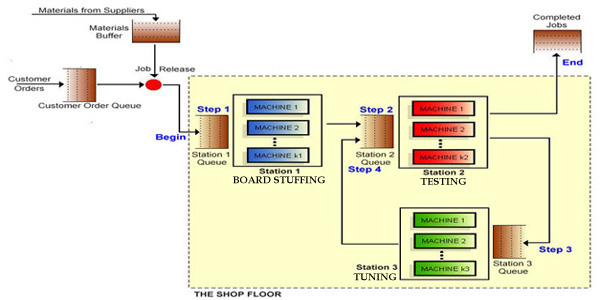
Littlefield Technologies is a job shop producing Digital Satellite System (DSS) receivers. Manufacturers use these receivers as sub-assemblies of more complex products. There are several competing companies. Littlefield emphasizes guaranteed lead times in return for premium prices. Rebates are given to recompense customers whose orders are shipped after their quoted lead time. Orders shipped in excess of a maximum lead time are delivered free of charge.
Littlefield assembles DSS receivers from kits of components obtained from a reliable supplier. Their assembly process consists of four steps carried out over three stations called the Board Stuffing, Testing and Tuning stations. A graphic representation of Littlefield’s process appears in Figure 1. The first step, mounts and solders electronic components onto PC boards at the Board Stuffing station. The second step tests each receiver at the Testing station and collects data that will be transmitted to the next step. The third step, at the Tuning station, tunes DSS units to receive satellite signals. The fourth step cycles DSS units back to the Testing station for final burn-in and certification. Stations contain fully automated machines. There is no loss nor rework in this process.

You will have some cash on hand when the assignment begins. This amount is depleted by both capacity and inventory purchases. Revenues earned from filled orders increase the cash balance. Cash held earns interest, compounded every simulated day. There are no taxes, salaries, nor fixed overhead costs to consider. To reduce chances of insolvency, you are not allowed to purchase new machines if the resulting cash balance would prevent the next inventory order at the current number of kits.
Raw materials inventory is purchased from a reliable supplier. Payment is made as each order is placed. Materials have a fixed lead time for delivery.
You will need to create and register with a team before the assignment begins. Click here to open the registration page in a new tab. Your instructor will provide a course access code word. Each team must invent a unique team name and password consisting of only lower-case letters and/or numerals. The start.html registration webpage is shown below.
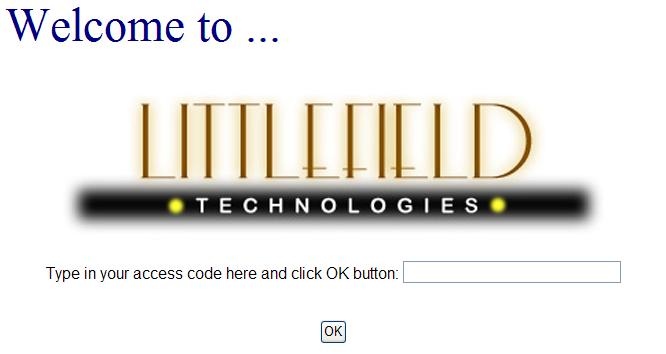
Enter your course access code word and click the OK button. Your team name and password are submitted on the next page. If your instructor specifies section IDs, they are entered in the small field at the top of the next page. List participant names in your team’s membership roster. Upper case letters and spaces can be used to show first and last names, but please do not include special characters, hyphenation, or apostrophes. Depending on licensing agreements, you may also be required to enter an eight-digit alphanumeric individual access code beside each name to confirm payment. Your team is registered upon submittal. Carefully double check the confirmation message that follows. A student entering a unique team name and password will create a new team. Subsequent students entering identical login credentials will be able to modify that team—add their name. Team details can be edited by: returning to this registration page, changing the appropriate fields, and submitting any changes. To delete a team, erase all roster fields and submit the now empty team. You will not be able to access this web page after an assignment begins.
You will access your factory from the entry.html webpage with a previously registered team name and password. Click here to open the page in a new tab.
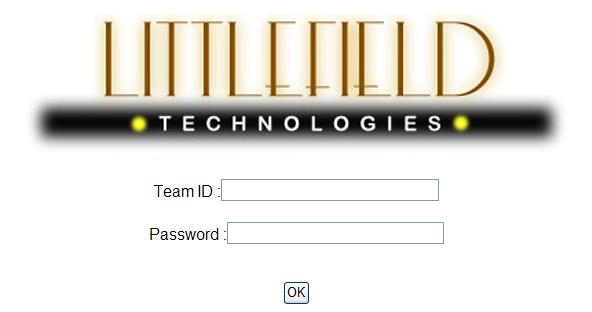
JavaScript should be enabled in your browser and popups permitted.
The simulator runs continuously. You cannot control the simulator clock. It advances at a fixed rate of simulated days per real day. For example, if you view the site at 10 am and then again at noon, you might observe that simulated time has elapsed. You may need to wait several simulated days to see the effects of an action.
Information specific to your assignment is distributed prior to the simulation. A case document will describe all variables and constraints that determine factory performance. You can access the factory any time of day or night. Factories will quickly run any final simulated days and stop automatically when the assignment period ends. You may examine results and download data afterwards, but the simulation will no longer be active.
Your factory interface is a schematic diagram of the job shop floor (see Figure 1). Clicking icons in that schematic will open menus which control your factory and provide historic data. A table listing icon specific functions is given towards the end of this document.
Factory status is automatically updated on login. To update your factory at other times, click the update button or refresh your browser window. Depending upon the speed of your simulation, there may be no point to frequent updates.
Download factory data for in-depth spreadsheet analysis. A download button is provided in the upper right of each plot window. Clicking will download a tab-delimited text file containing the plotted data points. Save this file to a temporary location, then open it with a spreadsheet app.
Most data points are recorded at the end of each simulated day. In the Materials Buffer, fractional days are also listed, indicating whenever new materials arrive or a stock outage begins. You may notice days where zero jobs exit the factory. Daily average lead time and daily average revenues are meaningless on those days. A data value zero will appear.
| ICON | INFORMATION AVAILABLE |
|---|---|
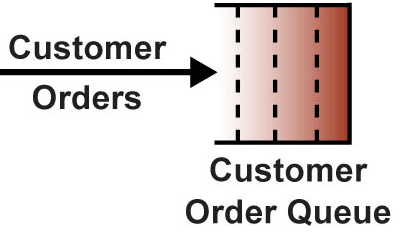
|
|
 |
|
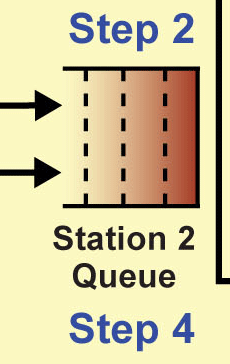
|
|
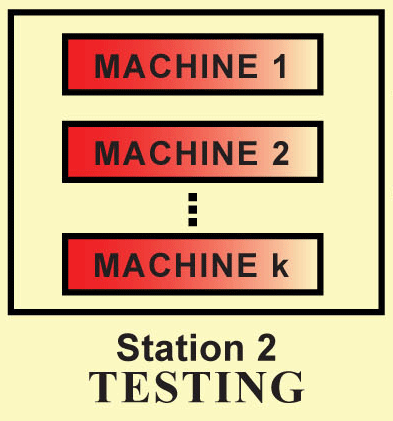 |
|
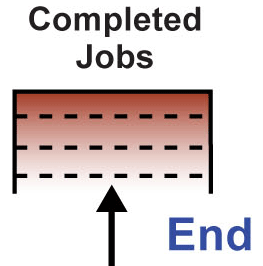 |
|
Clicking on the above icons will enable changes to certain features of the factory. Your assignment handout will explain which features you may change.
Sources and uses of cash may be obtained by clicking the cash button in the factory control bar:

Sources of cash are revenue, machine scrap value, and interest. Uses of cash are raw materials inventory and capacity purchases. Clicking the history button will reveal team actions. Clicking the update button will refresh your screen. Clicking the quit button will exit the factory. Teams are dynamically ranked by cash status. Clicking the overall standing button will show your team’s relative rank.